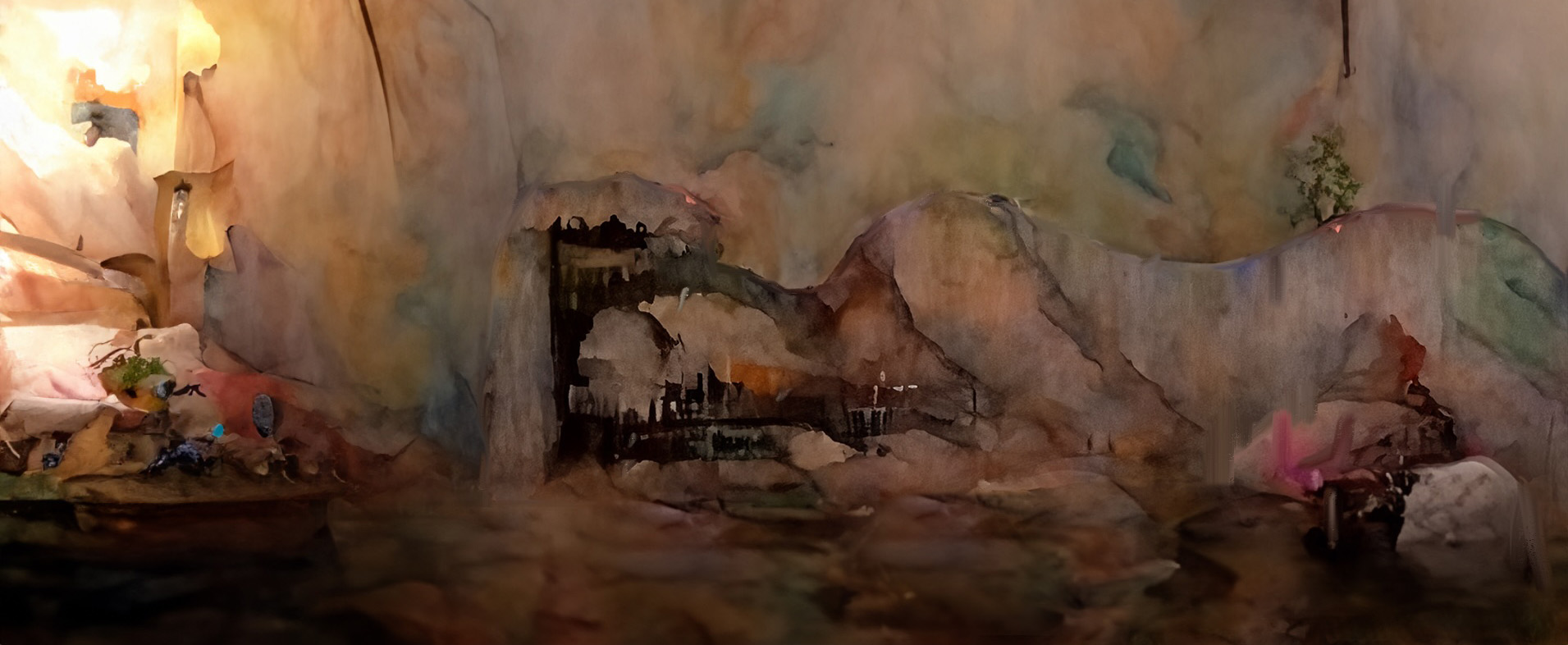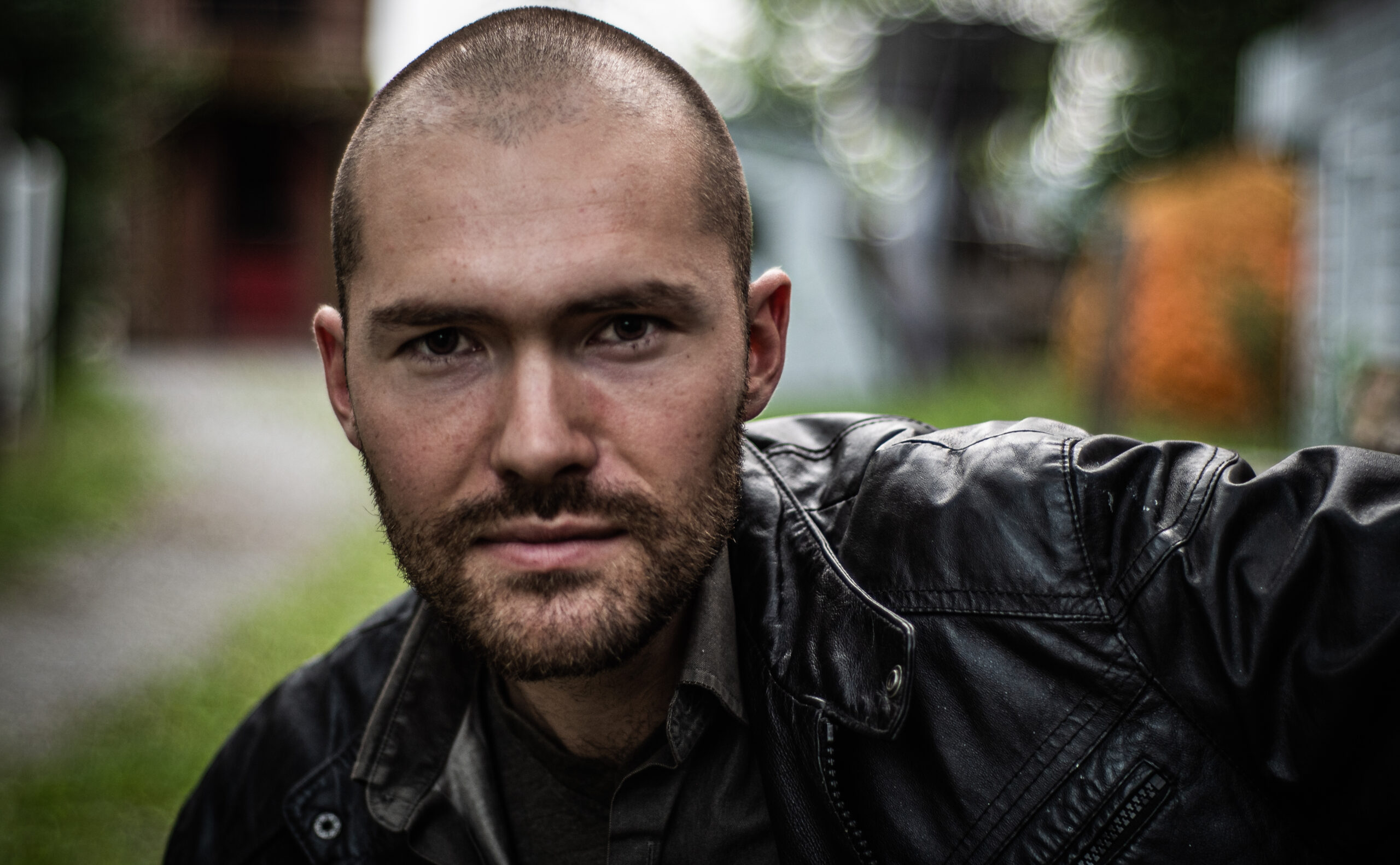How to Choose a Frame, Size and Shape for Your Photos
Golden Rectangle
Often when editing my photos with Lightroom, I’ll crop or shape the size to a ratio of 1.618 to 1.0 This is called the Golden Rectangle.
So, you would then have a rectangle with one side equal to 1.0 and the other 1.618. Whatever size. If the short side of the photo was 10 inches then the long side would be 16.18 inches. For me this works way better for horizontal images than it does for the vertical.
An interesting note is that .618 to 1.0 is the exact same ratio.
Using Lightroom (Software I use for photo editing) you have various options for what is called overlay lines. You can place these lines over the photo temporarily for size, shape and placement of objects in the frame. One of the options is these intersecting lines that are the exact 1.618 ratio. The Golden Ratio. The four points where the lines cross: these are what you can use as a focal point. The eye naturally goes to these.
Here you can see the 'overlay' of the lines with these measurements:

Then there is the positioning of the elements in the image.
The ratio of 1.618 or .618 is then applied to the image itself resulting in four lines that intersect.
Each line drawn from .618 distance from one edge.
See here:

These lines and the four intersecting points are what you want to use for design or editing. You could use one of the horizontal lines for the horizon as an example. Upper line for less sky and lower for more sky. That part is all about taste. You can see in the above image, that the upper horizontal line is even with the horizon in the picture. And the intersection of the top horizontal line and left vertical line are right on the eye of the cow.
A vertical line in a horizontal image might be used to place the main part of an object.
And again in the photo below, the bottom horizontal line is even with the horizon.

Intersecting Lines
The four points where the lines cross: these are what you can use as a focal point. The eye naturally goes to these areas.
In this photo I have used the cowboy's eye as a focal point.

Framing
When I'm editing a photo I use this technique and post to my website or some other social media. Much more impact than an 8"x10". It has a lot to do with the above information. One can still use these ratios with other shapes of photos but generally less impact.
The biggest issue, then, with producing prints and getting them framed, is that there are no standard frames made to the Golden Rectangle Ratio.

When you wish to purchase, and have framed, a photo you like, you are limited to available framing. None of which are true to the Golden Ratio. The only way to do this properly would be to have your image printed with this ratio and get a custom frame. Which can be costly.
The closest ‘standard’ size that I’ve been able to find is 11”x17”. This size is slightly shorter from side to side. There are some other larger sizes that come close as well.
I would edit the photo and object placement within the frame using The Golden Ratio on any shape image.
I hope this helps.



















